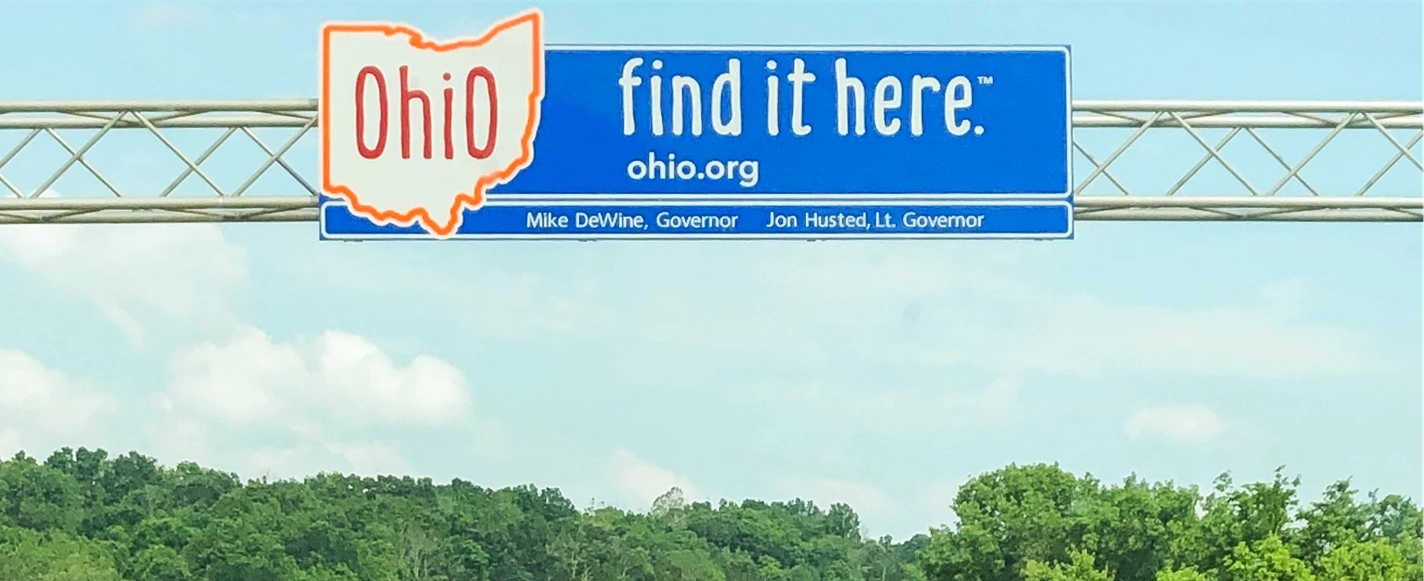Category: Ohio
-

And “America’s Most Affordable Big City” Is…
In this beloved city, today’s typical deed holder needs a yearly income of $60K to live comfortably. Considering it’s a big city, this is a modest income. So this news is impressive. And so is the city itself. Frank Zappa even did a jazzy song about moving there, so you know there’s something to this.…
-

Ohio Cancer Survivor Recovers Home After Quitclaim Fraud
A Dayton homeowner finally got her deed back. The title to Robin M’s home was swiped out from under her while she was undergoing cancer treatments two years ago. Last year, she proved that her property was taken from her by deed theft. The Common Pleas Court of Montgomery County, Ohio determined that her Dayton…
-

Could Ohio Make Property Taxes Unconstitutional? Should It?
Ohio Attorney General Dave Yost’s office has received a proposal to insert a new Section 14 into Article XII of the Ohio constitution. This proposed amendment seeks to abolish current and future real estate taxes. For many months, Ohio’s Butler County and Hamilton County deed holders have been pressing state lawmakers to expand property tax…
-

Millions of Dollars Pilfered From the Pockets of Ohio Families, Says Suit Against Top Mortgage Company
There’s a case pending in Montgomery County, Ohio that will either startle or sadden everyone who cares about people struggling to buy homes. At this time, everything discussed here is alleged. The case has yet to be decided. Ohio Attorney General Dave Yost has filed the suit. Yost claims UWM Holdings — doing business as…
-

Meanwhile, in Ohio…Seniors Get Warnings of Deed Wholesaling Scams
In Ohio, seniors are being warned of unexpected offers from real estate marketers who want to buy homes. The state’s Real Estate and Professional Licensing body as well as the Department of Aging and Richland County are all working to warn deed holders about the growing problem of wholesaling schemes. Older homeowners are impacted the…
-

Ohio Court Ruling Clarifies Rights Under the Dormant Mineral Act and Enforces Champerty Doctrine in Cardinal Minerals, LLC v. Miller
In a significant ruling for mineral rights and property law in Ohio, the Seventh District Court of Appeals rendered a decision in Cardinal Minerals, LLC v. Miller, 2024-Ohio-2133, that underscores the complexity of the Dormant Mineral Act (DMA) and the limitations placed on entities attempting to revive long-abandoned mineral interests. This case provides critical insights…
-

Ohio’s County Deed Recorders on the Verge of Digitization
Plus, New Provisions to Prevent Deed Fraud Senate Bill 94, sponsored by the two Republican State Senators Al Landis and Andrew Brenner, has successfully passed in the Ohio Senate. Its goal? Modernizing the 88 county recorders’ offices throughout Ohio.
-

Mobile Home Title Correction and Repair Funding
Lori E. was in a real mess. The single mother of four young children bought a mobile home in Lucas County, Ohio in November 2022. As stated on the title, it’s a 1976 Regent. But the Lucas County online real estate information system had it recorded as a 1997 Mansion Fiesta. That meant the family…
-
Ohio Fiduciary Deeds for Administrators and Executors
Probate is the legal process of settling a decedent’s estate and distributing the remaining assets to beneficiaries. Distributions of a decedent’s property are made according to the terms of a probated will (for testate estates) or pursuant to Ohio’s laws of intestate succession (for intestate estates). For the provisions of a will to become effective,…
-
Mechanic’s Liens in Ohio
Mechanic’s liens protect the interests of contractors, subcontractors, material suppliers, and laborers on construction jobs when work goes unpaid. In Ohio, a mechanic’s lien is a right provided under the state Constitution. Liens are available against both private and public jobs in Ohio. Find the mechanic’s lien law in Chapter 1311 of the Ohio Revised…









